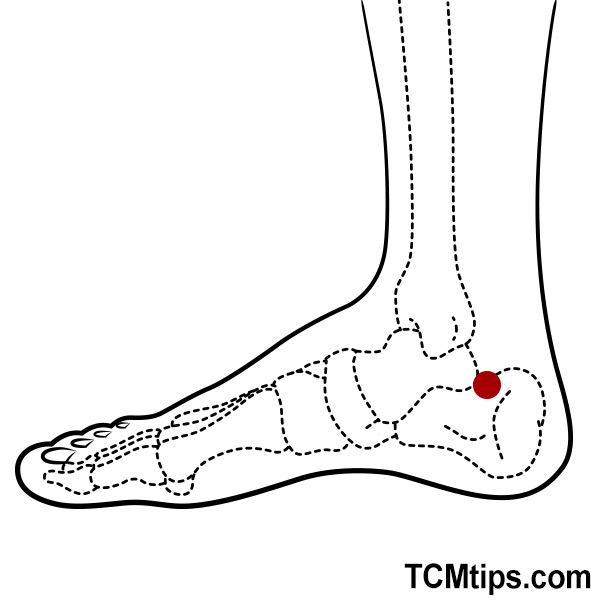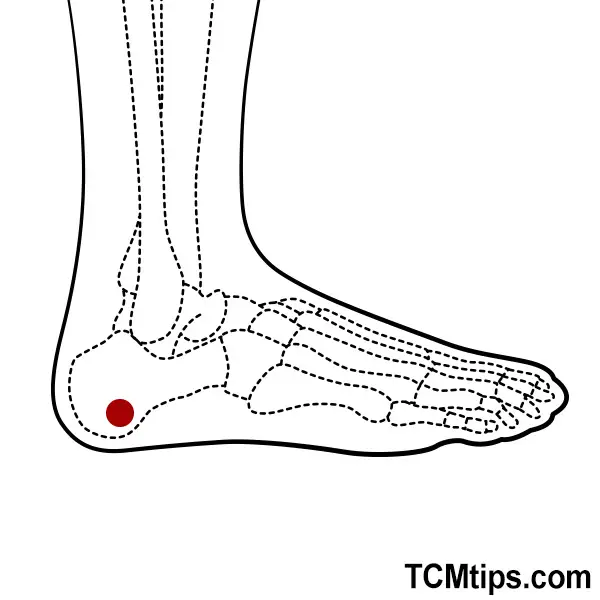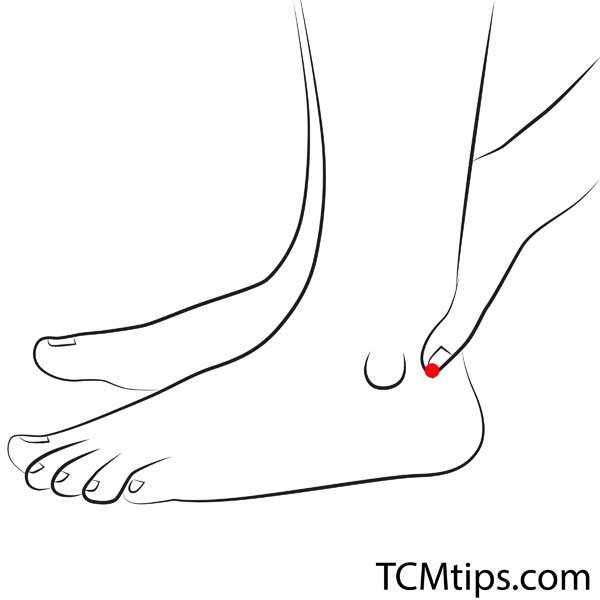How to Use Acupressure to Alleviate Heel Pain from Long Commutes in Uncomfortable Shoes
If you’ve ever commuted for long periods in uncomfortable shoes, you’re likely familiar with the nagging pain that builds up in your heels. Fortunately, Traditional Chinese Medicine (TCM) offers effective ways to alleviate heel pain through acupressure. By targeting specific acupoints, you can reduce discomfort and promote healing naturally. We consulted Ms. Mai Sogawa, a TCM therapist, to learn more about the best heel pain acupressure techniques you can use after a long day of commuting in uncomfortable footwear. You can find more about her expertise here.
Understanding Acupressure for Heel Pain
Acupressure involves applying pressure to specific points on the body, known as acupoints, which correspond to various organs and systems. By stimulating these acupoints, you can improve energy flow, or “Qi,” reduce pain, and promote healing. When it comes to heel pain, there are a few key points that are particularly effective. Let’s dive into some of the best acupressure techniques you can practice at home to alleviate heel pain.
Best Acupressure Points for Heel Pain
Here are three powerful acupoints recommended by Ms. Mai Sogawa to relieve heel pain caused by long commutes in uncomfortable shoes:
1. Shuiquan (KD-5) – For Heel and Ankle Support

Location: Shuiquan (KD-5) is located on the inner ankle, just below the ankle bone.
This acupoint is part of the Kidney meridian and is well-known for its role in treating pain in the feet, especially the heels. Stimulating this point can help alleviate heel pain by promoting blood circulation and reducing inflammation in the area. It also supports the function of the ankle joint, making it a great choice for those who experience soreness from standing or walking for long periods.
How to Apply Pressure:
- Sit comfortably with your foot elevated.
- Use your thumb to apply firm pressure to the point just below your inner ankle bone.
- Hold the pressure for 2-3 minutes, while taking deep breaths to enhance relaxation.
This technique can provide instant relief and improve flexibility in your ankle and heel area.
2. Pucan (BL-61) – Easing Stiffness and Heel Strain

Location: Pucan (BL-61) is located behind the outer ankle, about halfway between the heel and the Achilles tendon.
This point is part of the Bladder meridian and is excellent for reducing pain and stiffness in the heel. Long commutes often lead to tense muscles and strain in the feet, especially in the heels. Pucan helps to release this tension and restore flexibility to the area.
How to Apply Pressure:
- Sit down with your foot supported.
- Use your fingers to locate the point just behind the ankle, halfway between the heel and Achilles tendon.
- Apply firm pressure with your thumb, massaging the area gently for 2 minutes.
Regularly stimulating Pucan can also prevent the buildup of pain and tension after long periods of walking or standing.
3. Kunlun (BL-60) – For Pain and Inflammation Relief

Location: Kunlun (BL-60) is located between the outer ankle and the Achilles tendon.
This point is a key acupoint for addressing pain in the entire foot, including the heel. Known as the “aspirin point” in TCM, Kunlun is highly effective for reducing inflammation, easing pain, and promoting circulation. After a long day of wearing uncomfortable shoes, this point can help soothe aching heels and prevent further discomfort.
How to Apply Pressure:
- Sit with your foot elevated, and locate the point between your outer ankle and Achilles tendon.
- Press firmly on the point using your thumb, holding the pressure for 2-3 minutes.
- Gently massage in circular motions to enhance the effect.
Stimulating Kunlun helps reduce swelling and pain, making it a go-to point for heel discomfort.
Additional Tips to Enhance Heel Pain Relief
In addition to using these acupressure techniques, there are a few other ways you can enhance your heel pain relief:
- Foot Soak: After applying acupressure, try soaking your feet in warm water with Epsom salt. This can further relax the muscles and reduce inflammation.
- Foot Stretching: Incorporate simple foot stretches to improve flexibility and prevent the buildup of tension in your heels and arches.
- Footwear Choice: Switching to more supportive and cushioned footwear for your commutes can prevent heel pain from occurring in the first place.
How Often to Apply Acupressure for Heel Pain
Consistency is key when it comes to acupressure. For optimal results, Ms. Mai Sogawa recommends applying pressure to these points at least once a day, especially after long commutes. If your heel pain is severe, you can apply pressure twice a day—once in the morning before your commute and once in the evening when you return home.
Over time, these heel pain acupressure techniques can help reduce the frequency and intensity of discomfort, making your daily commutes much more bearable.
Conclusion
Heel pain from long commutes and uncomfortable shoes can be a major source of discomfort, but with the right acupressure techniques, relief is within reach. By targeting acupoints like Shuiquan, Pucan, and Kunlun, you can alleviate pain, reduce inflammation, and promote healing. Incorporating these techniques into your daily routine, along with other self-care practices, will help you feel more comfortable and prevent future pain.
By consulting with experts like Ms. Mai Sogawa, we can confidently say that acupressure is a safe and effective method to combat heel pain, and it’s easy to practice from the comfort of your own home.

Try our Anti-Aging Gua Sha Tool designed to bring out your skin’s natural glow.
Best Gua Sha Product- Anti-Aging: The tool is designed to target 11 specific aging signs such as wrinkles and sagging skin. By following the 7-step routine, users can improve skin firmness and reduce fine lines naturally.
- Enhances Skincare Routine: It works effectively with serums and lotions, boosting absorption and efficacy of skincare products.
- Visible Skin Improvement: Users can expect a smoother complexion, reduced puffiness, and a more youthful appearance.
 P. Sze
P. Sze 


















